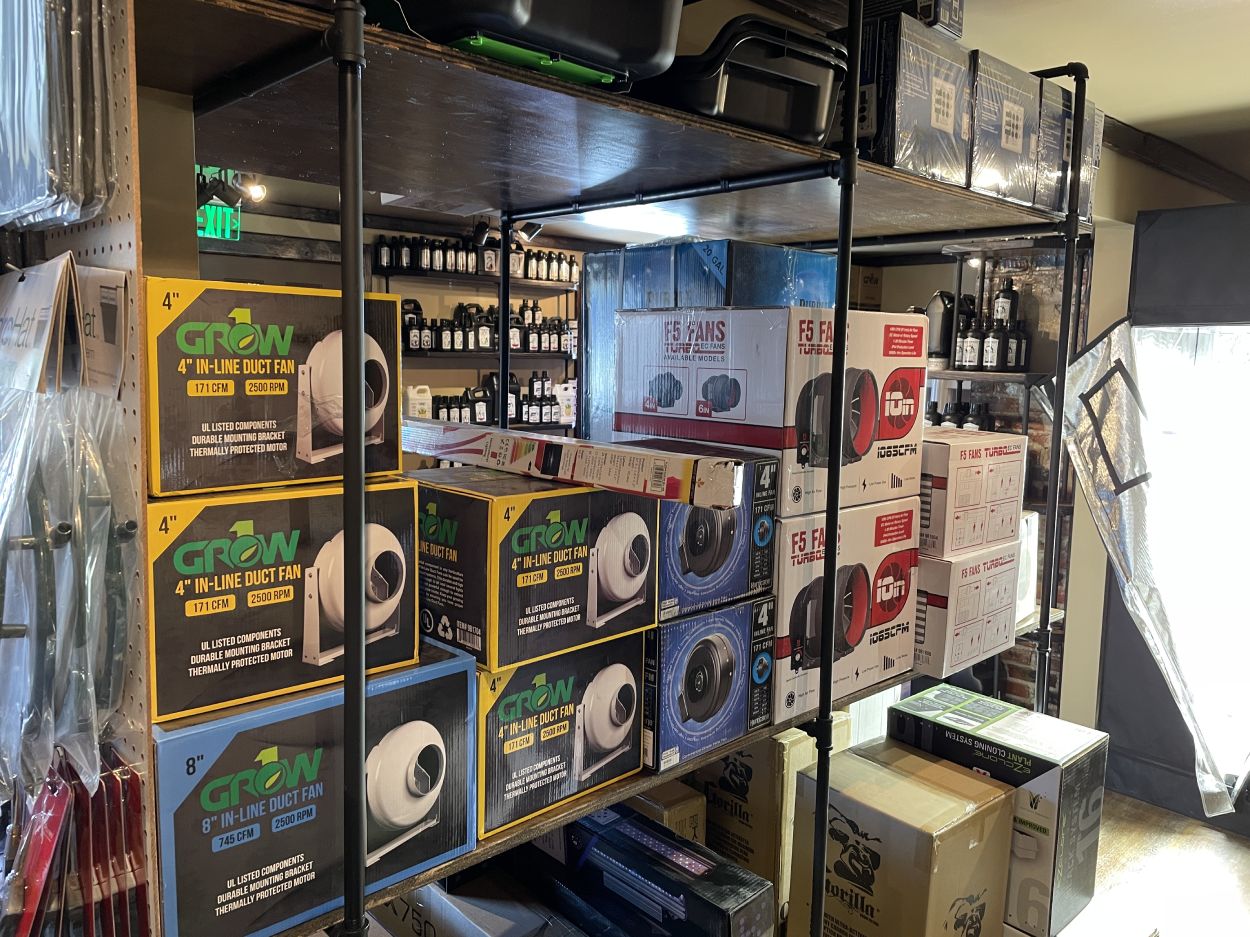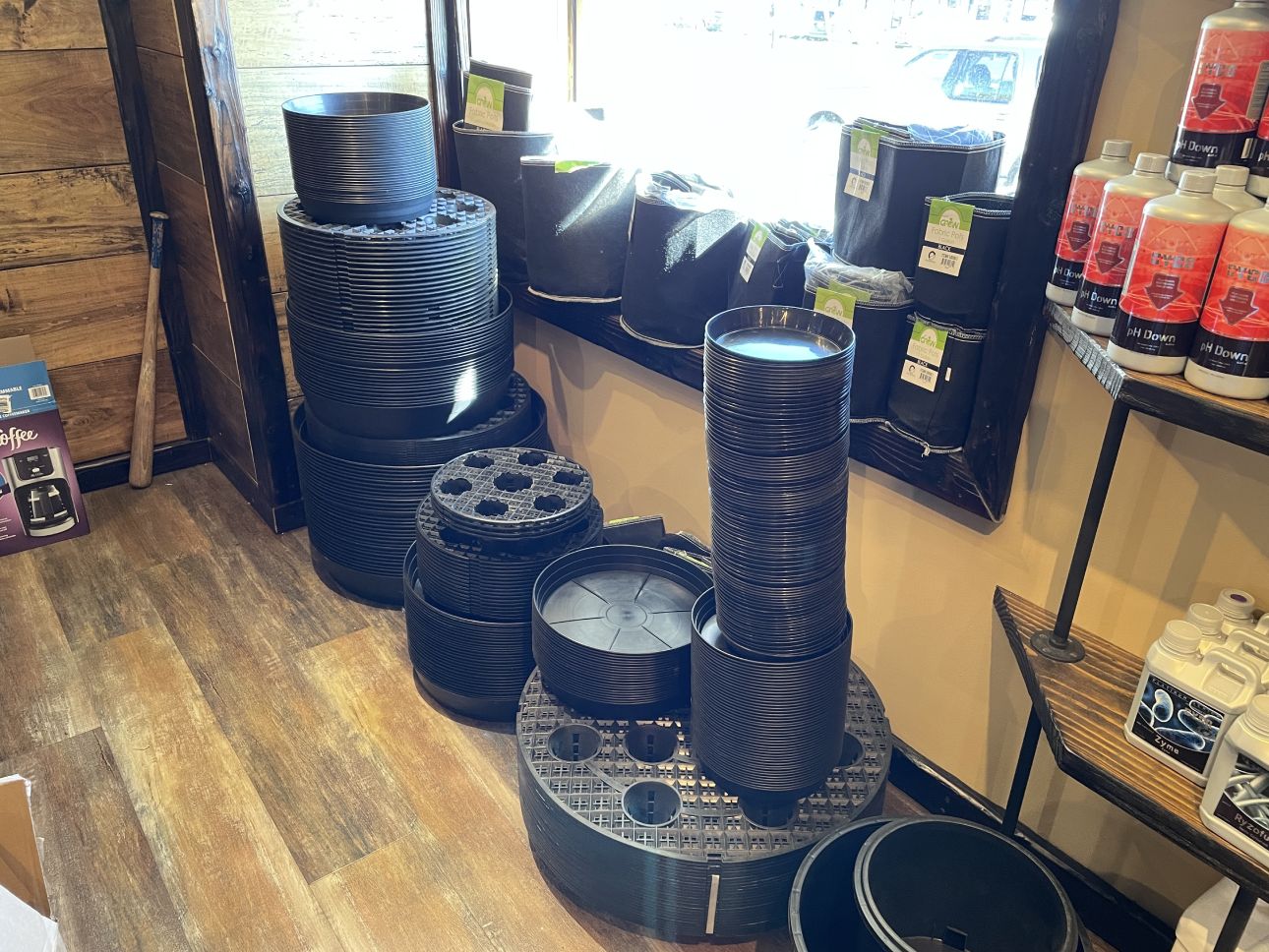Transform Your Yard with The Indoor Earthworm's Growing Technique
Wiki Article
Unlocking the Possible of Hydroponics: Understanding Its Utilizes and Various Kinds
Hydroponics, a method of cultivating plants without soil, has amassed boosting interest for its potential to revolutionize farming and gardening techniques. As we browse via the elaborate landscape of hydroponic systems and strategies, it comes to be noticeable that each technique holds distinctive advantages and restrictions.Advantages of Hydroponic Equipments

One more advantage of hydroponic systems is the ability to expand plants in a smaller sized room. Hydroponic systems lower the risk of soil-borne diseases and bugs, as there is no dirt to nurture these threats.
Typical Utilizes in Agriculture

Given the reliable water conservation and space-saving benefits of hydroponic systems, it is apparent that these cutting-edge agricultural approaches have actually found typical usages in numerous industries of agriculture. The regulated environment of hydroponic systems enables year-round growing, giving a regular supply of fresh fruit and vegetables regardless of outside weather conditions.
Hydroponics is typically made use of for growing a selection of crops, consisting of leafed environment-friendlies, tomatoes, cucumbers, strawberries, peppers, and herbs. Furthermore, hydroponic systems are utilized in study and academic settings to research plant nutrition, development, and growing strategies.
Checking Out Different Hydroponic Strategies
What are the different cutting-edge strategies used in hydroponics to boost plant farming efficiency and produce? Hydroponic systems offer a variety of methods that cater to different plant kinds and cultivation objectives. One prominent method is the Deep Water Culture (DWC) system, where plant origins are immersed in a nutrient remedy, offering enough oxygen and nutrients. Another widely made use of approach is the Nutrient Film Method (NFT), which includes a superficial stream of nutrient remedy streaming over the plant origins, advertising water and nutrient uptake. Additionally, the Ebb and Circulation system, additionally referred to as the Flooding and Drain system, intermittently floodings the plant origins with nutrient remedy, permitting oxygenation during draining pipes periods. Aeroponics is one more advanced method that entails misting plant roots with a nutrient option, making best use of oxygen absorption and nutrient uptake. Each of these techniques showcases the versatility and performance of hydroponic systems in improving crop growth and return.Comparing Numerous Hydroponic Equipments
Discovering the performance and return improvement techniques in hydroponics leads us to compare numerous hydroponic systems available for plant growing. Each hydroponic system has its one-of-a-kind attributes, benefits, and constraints, making it essential for farmers to choose one of the most appropriate system based upon their specific demands and restraints.One of the most usual hydroponic systems is the nutrient film method (NFT), where a thin film of nutrient option continually flows over the plant origins. In comparison, the deep water society (DWC) system submerges plant roots straight into the nutrient remedy, supplying enough oxygen and nutrients.
One more preferred hydroponic system is the ups and downs (or flooding and drainpipe) system, which periodically floodings the plant roots with nutrient option prior to draining it. This cyclic procedure guarantees proper oygenation for the origins while supplying nutrients efficiently. Furthermore, the aeroponic system suspends plant roots airborne and hazes them with a nutrient service, promoting fast growth and high oxygenation degrees. Growers trying to find a versatile system that minimizes water use typically choose aeroponics. By recognizing the distinctions between these hydroponic systems, cultivators can make enlightened choices to take full advantage of plant yield and high quality.
Developments in Hydroponic Innovation
With advancements in hydroponic modern technology, the farming industry is experiencing a shift in the direction of much more reliable and lasting growing techniques. Advancements in hydroponic innovation are revolutionizing the way plants are grown by making best use of returns, conserving sources, and decreasing environmental effect. One crucial development is the advancement of wise hydroponic systems that utilize sensing units and automation to keep track of and change environmental conditions such as pH levels, nutrient concentrations, and light direct exposure in real-time. These systems make it possible for exact control over expanding conditions, leading to optimum plant development and higher plant yields.An additional notable improvement is the combination of vertical farming strategies with hydroponic systems, permitting the farming of crops in piled layers. This vertical strategy makes best use of room use, making it optimal for urban environments this link where land schedule is restricted - The Indoor Earthworm. Additionally, the usage of advanced LED lighting systems customized to details plant demands has actually improved energy effectiveness and improved development prices in hydroponic configurations
Advancements like these are driving the development of hydroponics, making it a sustainable and very eye-catching option for contemporary farming.
Conclusion
To conclude, hydroponics uses many benefits in explanation agriculture and has various methods and systems that can be utilized to optimize its capacity. Developments in hydroponic innovation proceed to enhance effectiveness and sustainability in food production. By comprehending the usages and different kinds of hydroponic systems, farmers and cultivators can open the complete possibility of this ingenious method of expanding plants without soil.Furthermore, hydroponic systems permit for much better control over nutrient degrees, pH balance, and environmental conditions, leading to much healthier plants and higher yields.

Report this wiki page